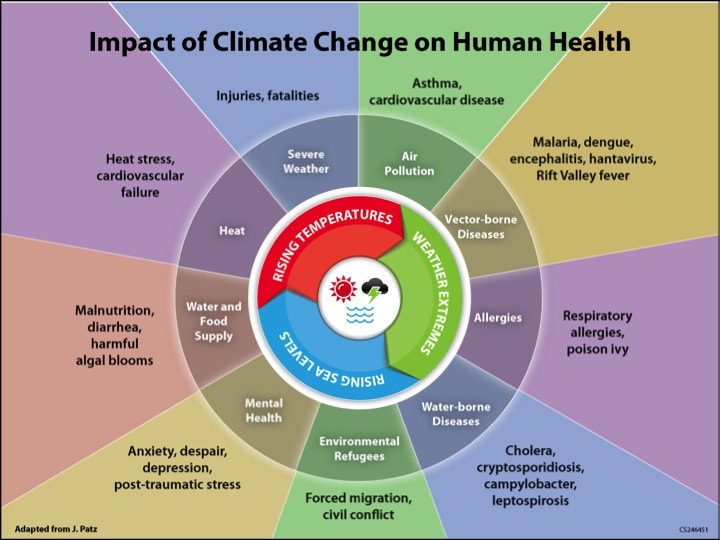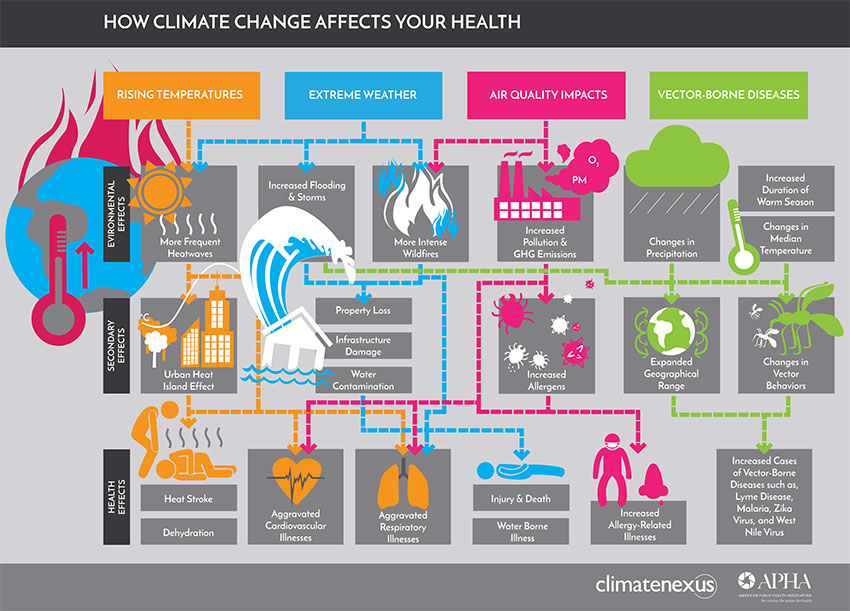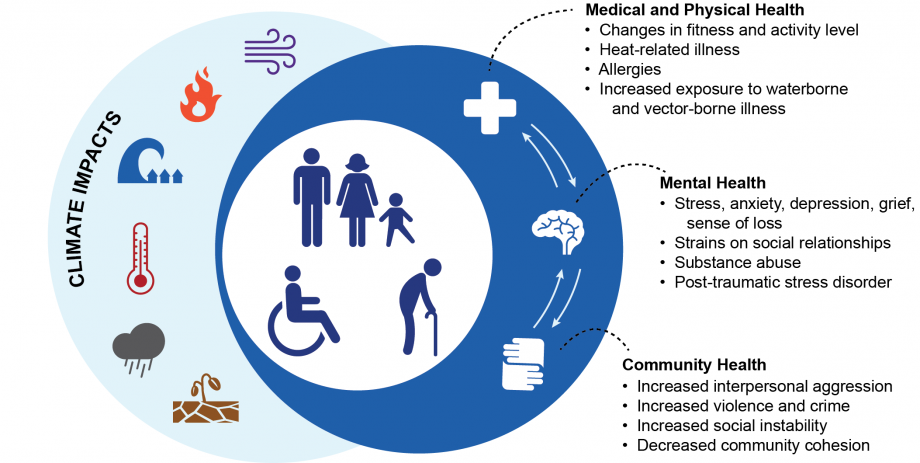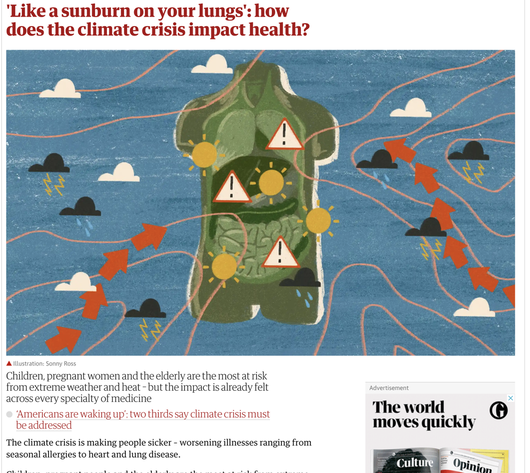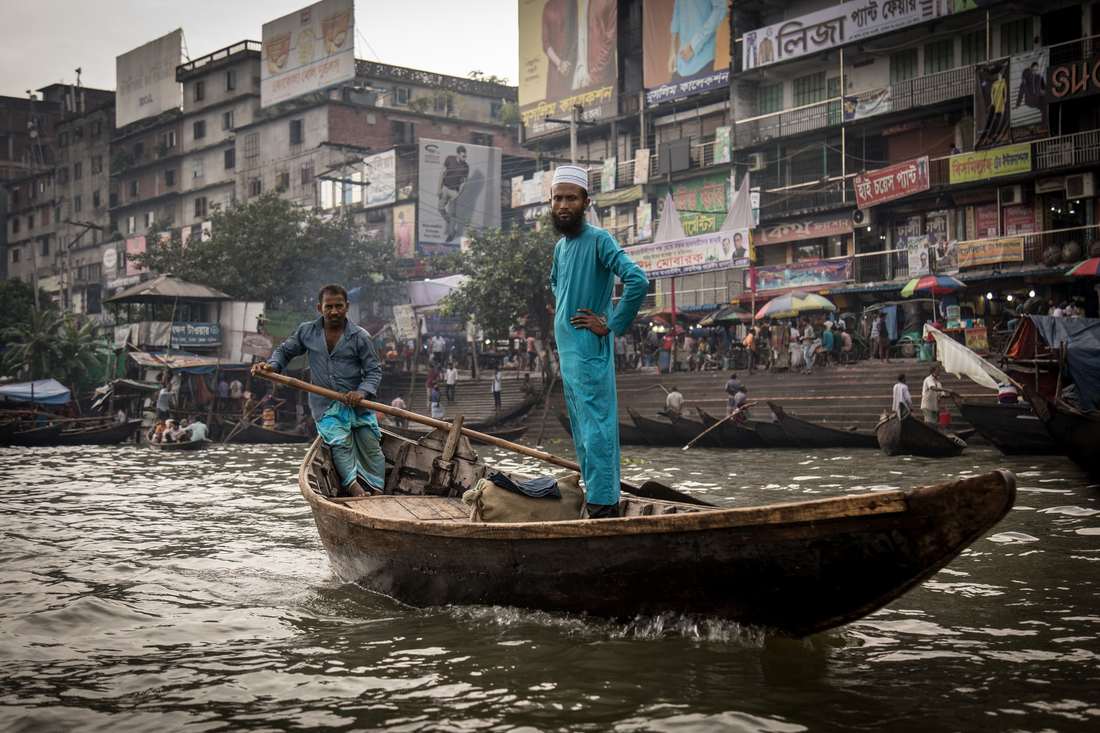-
MYP
- Home
-
IGCSE
- Course information
-
Physical: Hazardous environments
>
- Distribution of tectonic hazards
- Causes of tsunami
- Measuring earthquakes
- Earthquake case study 1: Haiti
- Earthquake case study 2: Christchurch
- Why do earthquakes do more damage in LICs than in HICs?
- How are volcanic eruptions measured?
- Tropical storms - distribution
- Causes of tropical cyclones
- Tropical cyclones - case study
- Why live in hazardous areas?
-
River Environments
>
- Hydrological cycle
- River basins
- Factors affecting river regimes
- Fluvial processes: erosion
- Fluvial processes: weathering and mass movement
- Fluvial processes: transportation and depositon
- River features and their formation
- How rivers change from source to mouth
- Uses of water
- Water pollution
- Water supply
-
IBDP
-
Changing population
>
- Global patterns of economic development
- Physical and human factors affecting global population distribution
- Case study 1: China
- Case study 2: Niger
- Demographic transition
- Megacity growth
- Forced migration and internal displacement
- Ageing populations
- Pro-natalist and anti-natalist policies
- Gender equality policies
- Trafficking policies
- The Demographic Dividend
-
Global climate vulnerability and resilience
>
- Atmospheric system
- The energy balance
- Changes in the energy balance
- The enhanced greenhouse effect
- Climate Change and the Hydrosphere, Atmosphere and Biosphere
- Impacts of climate change on people and places
- Disparities in exposure to climate change risk and vulnerability
- Government-led adaptation and mitigation strategies
- Civil society and corporate strategies
-
Global resource consumption and security
>
- Progress towards poverty reduction
- Measuring trends in global consumption
- Global patterns and trends in the availability and consumption of water
- Global patterns and trends in the availability and consumption of land/food
- Global patterns and trends in the availability and consumption of energy
- Water food and energy nexus
- Recycling and waste
- Malthus vs Boserup
- Resource Stewardship strategies
- Sustainable Development Goals
-
Freshwater - drainage basins
>
- The drainage basin as a system
- How rivers change from source to mouth
- River discharge
- River processes
- River landforms
- Factors affecting flood risk
- Attempts at flood prediction
- Flood mitigation
- Flood mitigation case studies
- Water scarcity
- Agricultural activities and water quality
- Pressures on lakes and aquifers
- Internationally shared water and conflict
- Water management: participation of local communities
- Dams as multi-purpose schemes
- Water management: Integrated Drainage Basin Management (IDBM)
- Managing wetlands
-
Leisure, Sport and Tourism
>
- Growth and purpose of leisure time
- Categories of tourism and sport
- Economic development and participation
- Factors affecting personal participation
- Factors affecting growth of tourism hotspots
- Spheres of influencee
- Factors affecting a national sports league
- Festivals
- Niche national tourism strategies
- Role of TNCs
- Tourism as a national development strategy
- International sporting events
- Consequences of unsustainable growth
- Sustainable tourism
- Future international tourism
- Political and cultural influences on sport
- Extended Essay in Geography >
- Skills/concepts >
-
Changing population
>
- Geography and ToK
- Theory of Knowledge
Subject Guide
Impacts of climate change on people and places, including health hazards, migration and ocean transport routes.
1. Health Hazards
a) Infographic task
For your allocated infographic do each of the following:
For your allocated infographic do each of the following:
- Study the infographic and make notes which will allow you to explain and elaborate on what it shows to a group of your peers (each infographic links to further explanation)
- Evaluate the effectiveness of the infographic - what are its strengths and weaknesses?
b) Small scale research
We can divide the impacts of climate change on health into several categories, some of which are listed below. Use the web links to write a paragraph to explain each of the impacts listed. Do you need to add any other categories based on what you have learned?
We can divide the impacts of climate change on health into several categories, some of which are listed below. Use the web links to write a paragraph to explain each of the impacts listed. Do you need to add any other categories based on what you have learned?
- Impacts of extreme heat
- Natural disasters eg increasing frequency and intensity of storm events
- Changing rainfall patterns eg increased incidence of floods, impacts on freshwater supply
- Patterns of infection, eg areas in which malaria is prevalent
- Changes in the seasons in which diseases might be transmitted
- Impacts on food supply and so undernutrition and malnutrition
- Impacts on mental health
c) Reading/notes task (use p179 of the textbook as a starting point)
1. Explain how the following conditions are linked to atmospheric temperatures:
3. How many people do mosquitoes kill annually through Malaria and Dengue?
4. What factors increase the dangers of this number rising?
5. What hazards to humans do red tides and zooplankton pose?
6. What impact on water resources could occur in Sub-Saharan Africa and the Middle East?
1. Explain how the following conditions are linked to atmospheric temperatures:
- Eruthromelalgia
- Raynaud's Syndrome
- Mental Health issues
- Suicide
3. How many people do mosquitoes kill annually through Malaria and Dengue?
4. What factors increase the dangers of this number rising?
5. What hazards to humans do red tides and zooplankton pose?
6. What impact on water resources could occur in Sub-Saharan Africa and the Middle East?
2. Migration
Climate change is already causing migrations and it seems likely that the scale will increase dramatically. These migrations may occur for a range of reasons including:
- Low-lying island nations may become wholly uninhabitable if sea-levels continue to rise. People in Micronesia, the Caribbean, the Seychelles, Mauritius, and others, may require outright relocation.
- Larger countries with significant coastal populations, such as India and Bangladesh, may be able to accommodate internal migration from areas affected by sea rise but will need significant assistance in doing so.
- Rapid-onset natural disasters, such as hurricanes and typhoons, will force people to seek temporary shelter elsewhere in the country or across borders.
- Slowly unfolding disasters, including desertification and water shortages, will harm economic development and force people out of climate-sensitive livelihoods.
- Climate change may exacerbate—if not directly cause--violent conflict within and between states by intensifying competition for resources, prompting people to flee their homes.
Climate Change and Conflict
Work in threes to examine three recent conflicts. What potential climate change links can you find?
a) Bangladesh: Use the following resources to produce a half-page case study on the impact of climate change on vulnerable populations in Bangladesh:
a) Bangladesh: Use the following resources to produce a half-page case study on the impact of climate change on vulnerable populations in Bangladesh:
b) Kiribati - go back to our work on Population on Kiribati. Make sure you are clear on how we can link this to this section on climate change and migration!
c) Potential conflict in the Arctic
